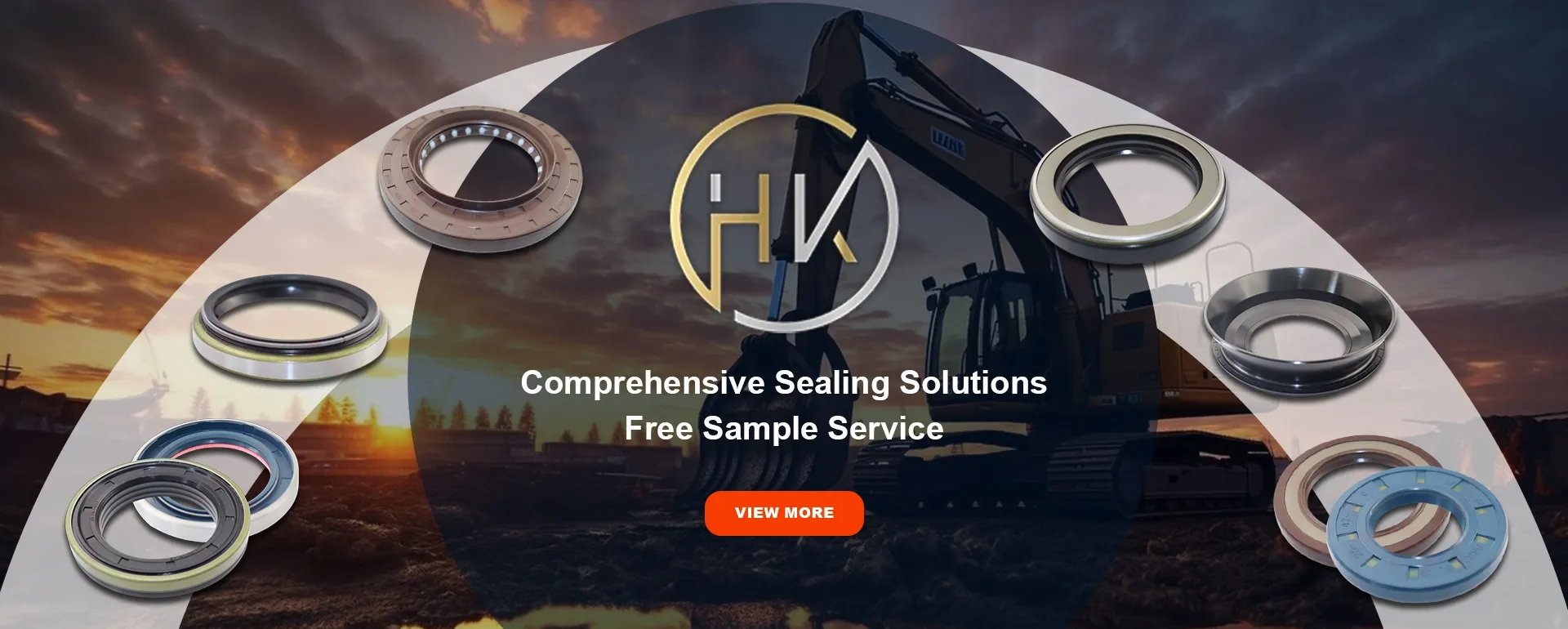ное. . 08, 2024 17:10 Back to list
shaft oil seal
Understanding Shaft Oil Seals An Essential Component in Machinery
Introduction
In the world of machinery and equipment, components that ensure smooth operation and longevity are vital. Among these components, shaft oil seals play a crucial role. These small yet significant parts are essential for preventing lubricant leakage and foreign contaminants from entering critical areas of machinery. This article will explore what shaft oil seals are, their types, functions, materials, and maintenance, with an emphasis on their importance in various industrial applications.
What is a Shaft Oil Seal?
A shaft oil seal, often referred to simply as an oil seal, is a device that seals the interface between a rotating shaft and a stationary housing. It is designed to prevent the leakage of lubricating oils or fluids while also preventing the ingress of dust, dirt, and moisture. Oil seals are typically made of flexible materials that can conform to the surfaces they seal.
Functions of Shaft Oil Seals
The primary functions of shaft oil seals include
1. Leak Prevention By keeping the lubricant contained within the machinery, oil seals prevent loss of oil and maintain the essential lubrication necessary for preventing wear and tear on moving parts.
2. Contaminant Exclusion Oil seals act as barriers against contaminants that can damage internal components. They prevent dirt, water, and other foreign particles from entering critical operational areas, thus extending the lifespan of machinery.
3. Pressure Retention In certain applications, oil seals help maintain internal pressure, which is critical in systems where hydraulic fluid or gas needs to be contained.
4. Reduced Friction The proper functioning of oil seals helps minimize friction between moving parts, leading to improved efficiency and lower energy consumption.
Types of Shaft Oil Seals
There are various types of shaft oil seals, each designed for specific applications. The most common types include
- Single Lip Oil Seals These consist of a single sealing lip that contacts the shaft. They are suitable for low-pressure applications.
- Double Lip Oil Seals These have two sealing lips, providing extra protection against leakage and contamination. They are beneficial in environments with higher pressures or where cleanliness is vital.
- V-Ring Seals A V-ring seal is a flexible seal that fits around the shaft and seals against a surface. It is ideal for applications where the shaft is exposed to dirt and water.
shaft oil seal

- Spring-Loaded Oil Seals These seals incorporate a spring to ensure consistent contact with the shaft, making them effective in high-speed applications.
Materials Used in Shaft Oil Seals
Shaft oil seals are made from various materials, including
- Nitrile Rubber (NBR) Commonly used due to its excellent resistance to oils and petroleum-based lubricants. NBR is suitable for most industrial applications.
- Fluorocarbon Rubber (FKM) Also known as Viton, FKM offers superior heat and chemical resistance, making it suitable for high-temperature applications.
- Polyurethane (PU) Known for its durability and abrasion resistance, polyurethane is used in seals that need to endure harsh environments.
- Silicone Rubber Used in applications that require flexibility and high-temperature resistance. Silicone seals are often found in automotive and aerospace applications.
Maintenance and Troubleshooting
Proper maintenance of shaft oil seals is crucial for ensuring their longevity. Regular inspection can help identify signs of wear, such as leaks or cracking. If a seal fails, it is essential to replace it promptly to prevent damage to the machinery.
When troubleshooting issues related to oil seals, it is vital to assess the following
- Installation Incorrect installation can lead to premature failure. Ensure seals are installed according to the manufacturer's guidelines.
- Environmental Factors Exposure to extreme temperatures or harsh chemicals can affect seal performance. Seal selection should consider the operating environment.
- Shaft Condition Worn or damaged shafts can compromise seal integrity. Regular maintenance of the shaft surface will extend the life of the seals.
Conclusion
Shaft oil seals are vital components in many mechanical systems, playing a significant role in preventing leaks and protecting machinery from contaminants. Understanding the types, functions, and maintenance of oil seals can help engineers and technicians ensure optimal performance and longevity of their equipment. Investing time in selecting the right oil seal and maintaining it properly will yield significant benefits in efficiency and cost-effectiveness for any industrial application.
-
TCN Oil Seal Metal Ring Reinforcement for Heavy Machinery
NewsJul.25,2025
-
Rotary Lip Seal Spring-Loaded Design for High-Speed Applications
NewsJul.25,2025
-
Hydraulic Cylinder Seals Polyurethane Material for High-Impact Jobs
NewsJul.25,2025
-
High Pressure Oil Seal Polyurethane Coating Wear Resistance
NewsJul.25,2025
-
Dust Proof Seal Double Lip Design for Construction Equipment
NewsJul.25,2025
-
Hub Seal Polyurethane Wear Resistance in Agricultural Vehicles
NewsJul.25,2025
-
The Trans-formative Journey of Wheel Hub Oil Seals
NewsJun.06,2025
Products categories
















